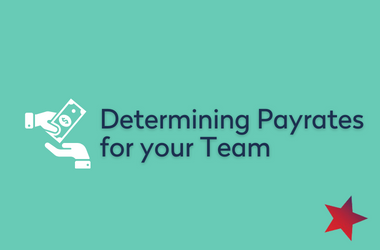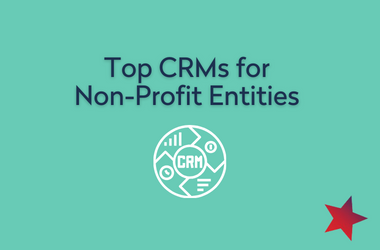Understanding A Profit and Loss Statement
What is a Profit and Loss Statement?
A Profit and Loss Statement (P&L) is a financial statement that measures the revenues, costs, and expenses incurred over a specific accounting period. P&Ls reflect an organization’s financial activities usually over one fiscal year but can also be broken down into smaller time periods, such as quarters or months. A P&L is one of the most common financial statements often referenced or requested together with the Balance Sheet and Cash Flow Statement. A P&L is also commonly known as an Income Statement or a Statement of Financial Activity.
Why is a Profit and Loss Statement important?
Organizational leaders, Board of Directors, Investors, or Funders may use this information to assess the profitability of an organization and/or to evaluate the success of its programs or activities. For example, let’s say an organization was analyzing the success of their previous year’s fundraising campaign and had to begin planning and budgeting for their next fundraising campaign. They are able to review the incurred expenditures for the campaign and the actual amount of money raised. If resulted in a deficit where the expenses outweighed the actual money raised, they might reconsider a different approach for their upcoming fundraising campaign. In a separate scenario, the organization may be looking to grow with their infrastructure by adding another employee to their team. TheP&L will help them evaluate how much they are able to compensate the new employee or may help them identify the financial goals that need to be met in order to hire that new employee.
What do I need in order to put together a Profit and Loss Statement?
In order to effectively draft a P&L, you’ll need to set up your Chart of Accounts which dictates how your fiscal activities will be represented on your financial statements. (i.e. earned income, unearned income, personnel vs. contractor fees, other expenses). To further help organize your financial transactions into a P&L, Pentacle strongly recommends using an accounting software that suits your organization’s needs. This will help you build a strong infrastructure and maintain efficient and streamlined bookkeeping practices.
Pentacle remains dedicated to continuing to provide a high level of support to artists during these extraordinary circumstances. Alongside many other key and respected organizations in the field, we have begun accumulating and curating resources for artists and organizations experiencing income loss and other troubles as a result of the COVID-19 crisis. Find our list of resources here.
NEXTSTEPS | 01.07.2022
Latest Blog Posts
Renting Studio Space at a Discounted Rate
How to rent studio spaces for discounted ratesRent Studio Space at a Discounted Rate Fiscal sponsors typically rent studio space at a discounted rate through negotiations and partnerships with landlords, property owners, or organizations that have available space....
Determining Pay Rates for Your Team
Considerations for Determining Pay RatesDetermining How Much to Pay Your Team Pentacle recommends using the W.A.G.E. calculator to get a sense for how much established institutions are paying for artistic services. Employers can also input their annual budget to see a...
Top CRMs for Non-Profit Entities
Top CRMs for Non-Profit EntitiesSalesforce Salesforce is a widely used CRM system that offers robust features and customization options. Nonprofits can use Salesforce's Nonprofit Success Pack (NPSP), which includes features tailored to the needs of nonprofit...



